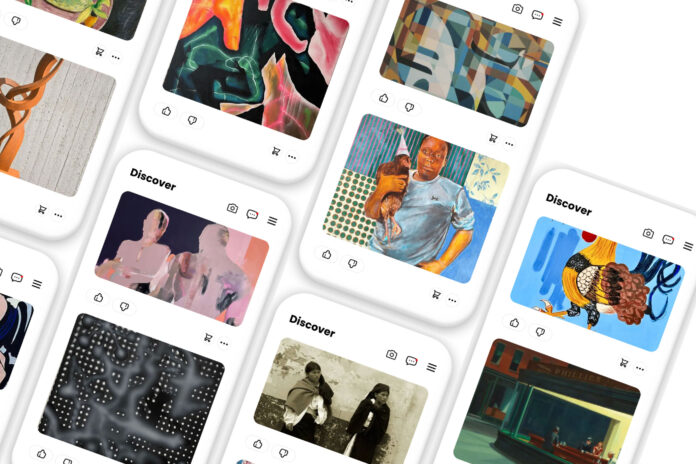Introduction to NALA
In the world of high-priced art, galleries usually act as gatekeepers, limiting opportunities for emerging artists and leaving great art undiscovered. To disrupt this traditional model, Benjamin Gulak, an MIT alumnus, founded NALA, a digital platform that allows artists to list their art and uses machine learning and data science to offer personalized recommendations to art lovers.
The Problem with Traditional Galleries
The current gallery system is exclusive, featuring work from a select group of artists and limiting the exposure of new talent. This results in a narrow range of artwork being showcased, making it difficult for emerging artists to break into the market. NALA aims to change this by providing a platform where artists can showcase their work and connect directly with potential buyers.
How NALA Works
NALA’s platform allows artists to upload their artwork and fill out a questionnaire about their style. The company uses AI to match art with its most likely buyer, taking into account style preferences and budget. NALA handles sales and shipments, providing artists with 100% of their list price from every sale. The platform also allows buyers to take a photo of something they like and see similar artwork from its database, making art more accessible.
The Founder’s Story
Benjamin Gulak, the founder of NALA, has a unique background that combines art and technology. He started his first business at the age of 16, creating an electric, one-wheeled motorcycle that gained media attention. After attending MIT, Gulak took a break to focus on his business, but later returned to complete his degree, switching his major to a combination of computer science, economics, and data science. During his time at MIT, Gulak took up painting as a way to de-stress and eventually started connecting artists from emerging markets with gallery owners.
Championing Artists
Gulak has worked personally with many of the artists on his platform, traveling to countries like Cuba and Egypt to discover new talent. He has also collaborated with artists to secure immigration visas and has worked alongside them on various projects. Gulak’s passion for art and his experience as both an artist and a computer scientist give him a unique perspective on the industry.
The Future of NALA
Today, NALA has over 20,000 art lovers using its platform and has registered more than 8,500 artists. The company’s goal is to become the dominant place where art is discovered, bought, and sold online. By providing a direct-to-artist business model, NALA is dismantling the exclusive barriers put up by traditional galleries and efficiently connecting creators with collectors.
Conclusion
NALA is revolutionizing the art world by providing a platform where artists can showcase their work and connect directly with potential buyers. With its use of machine learning and data science, NALA is making art more accessible and championing emerging artists. As the company continues to grow, it is likely to have a significant impact on the traditional gallery model, providing a more inclusive and democratic platform for artists to showcase their work.

